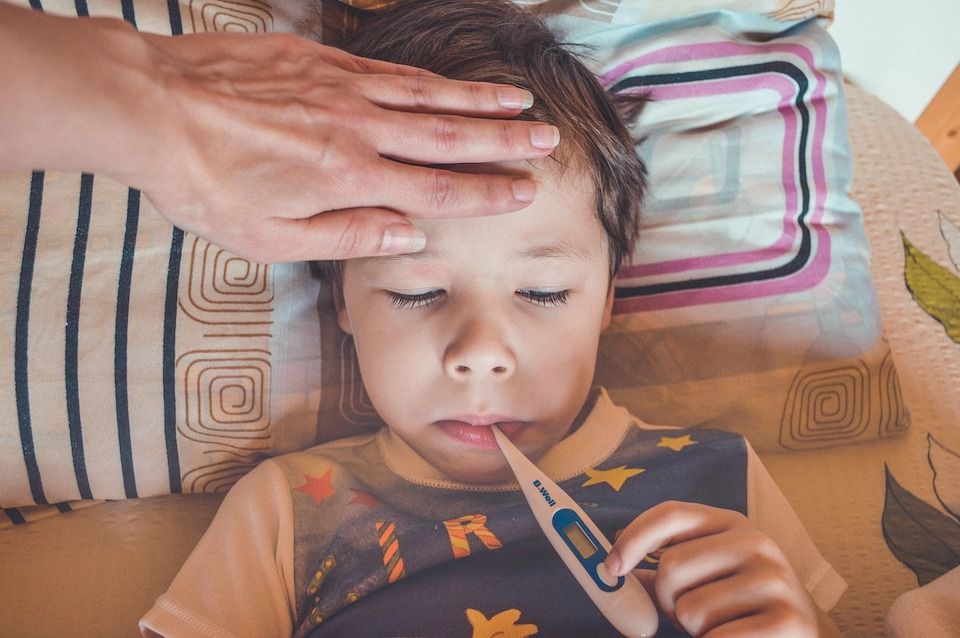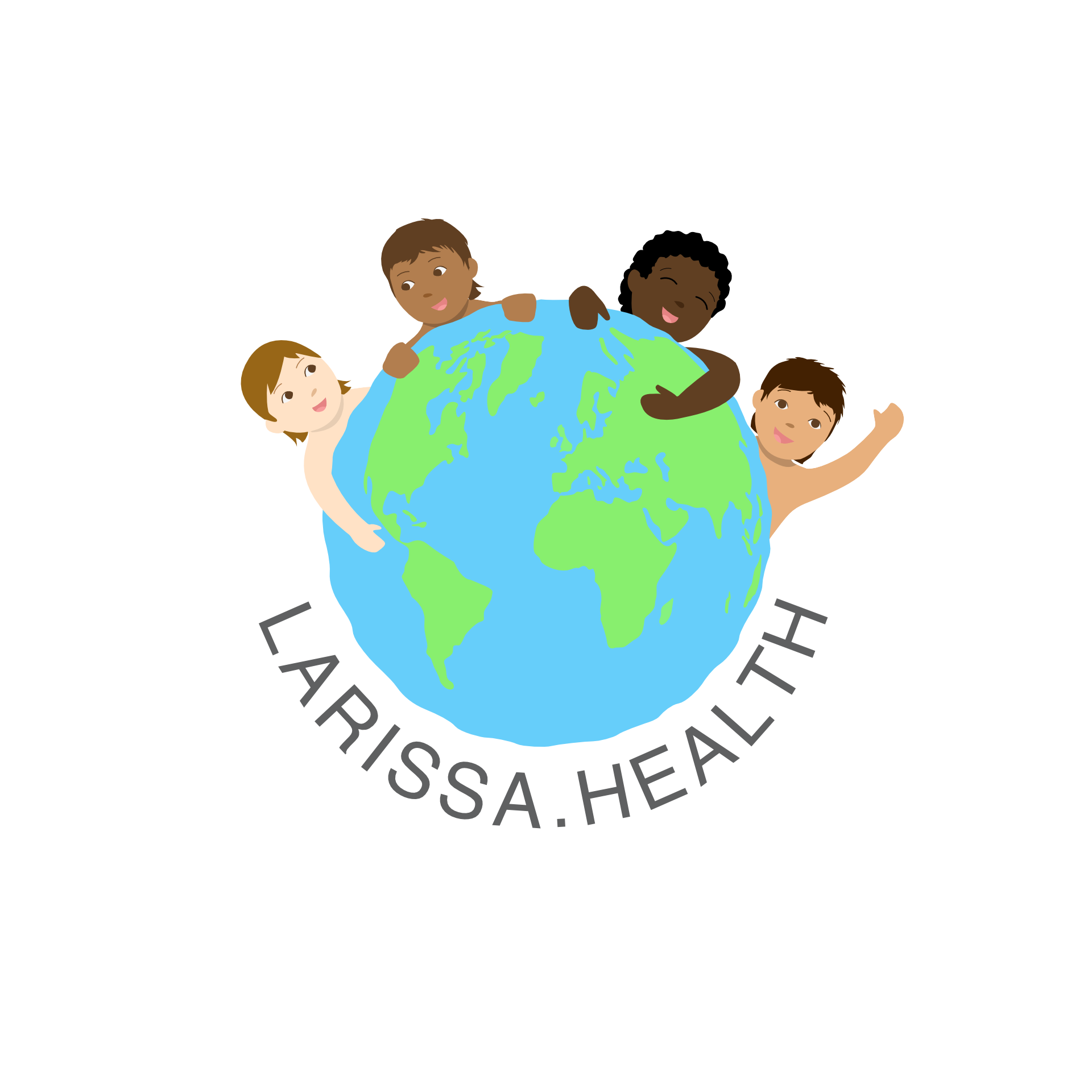Sharp rise in cases of Scarlet Fever alarms pediatricians
Scarlet Fever on the Rise in Germany: Doctors Warn Parents to Take Precautions and Seek Prompt Medical Attention
In Germany, there has been a rapid increase in cases of Scarlet fever, and doctors are warning parents not to underestimate the severity of this disease. Scarlet fever is a bacterial infection caused by Streptococcus bacteria that primarily affects children aged between 5 and 15. Although it is usually mild and can be treated with antibiotics, complications can arise if left untreated, including toxic shock syndrome and sepsis. A recent case in Münster highlights the importance of prompt medical attention, as a 15-year-old boy died from sepsis that was caused by a Scharlach (Scarlet fever) infection. In this article, we will discuss Scarlet fever, its causes, symptoms, and treatment options.
Scarlet fever is highly contagious and can be spread through the air or by direct contact with an infected person or object. Symptoms include a sore throat, fever, headache, and a red, sandpaper-like rash that usually starts on the chest and spreads to other parts of the body. It typically appears a day or two after the onset of symptoms and may last up to 2-3 weeks.
 Photo by Victoria Watercolor
Photo by Victoria Watercolor
Scarlet fever can be diagnosed with a throat culture or a rapid strep test, which involves taking a swab from the back of the throat. If the test is positive, antibiotics, usually penicillin, are prescribed for 10 days. After 24 hours of antibiotic treatment, the patient is no longer contagious. However, if left untreated or if treatment is delayed, complications can arise.
One of the most serious complications of Scarlet fever is toxic shock syndrome (TSS), which occurs when the Streptococcus bacteria produce toxins that cause a severe immune response. This can lead to a drop in blood pressure, fever, and multiple organ failure. In severe cases, TSS can be fatal. Other complications of Scarlet fever include kidney damage, joint pain, pneumonia, and rheumatic fever.
Scarlet fever is not a new disease. It was first brought to Europe in the 9th century and was often confused with other diseases, such as measles and rubella. It was not until the 17th century that it was recognized as a separate illness by the British physician Thomas Sydenham. Scarlet fever has been less common in recent years, but the number of cases is on the rise again.
If a child is diagnosed with Scarlet fever, parents should keep them home from school or daycare until they have been on antibiotics for at least 24 hours. Parents should also encourage their child to drink plenty of fluids and get plenty of rest. Children with Scarlet fever should avoid contact with others until they are no longer contagious.
Antibiotic resistance is a growing concern in the treatment of Scarlet fever. Doctors are urging parents not to pressure them to prescribe antibiotics unnecessarily. If antibiotics are needed, it is important to take them exactly as prescribed and to complete the full course of treatment, even if the child feels better.
Scarlet fever is a serious illness that requires prompt medical attention. Parents should not underestimate the severity of this disease and should seek medical advice if their child develops symptoms. Antibiotics are an effective treatment, but complications can arise if treatment is delayed or if the bacteria develop resistance to antibiotics. With proper care and attention, most children with Scarlet fever make a full recovery.





